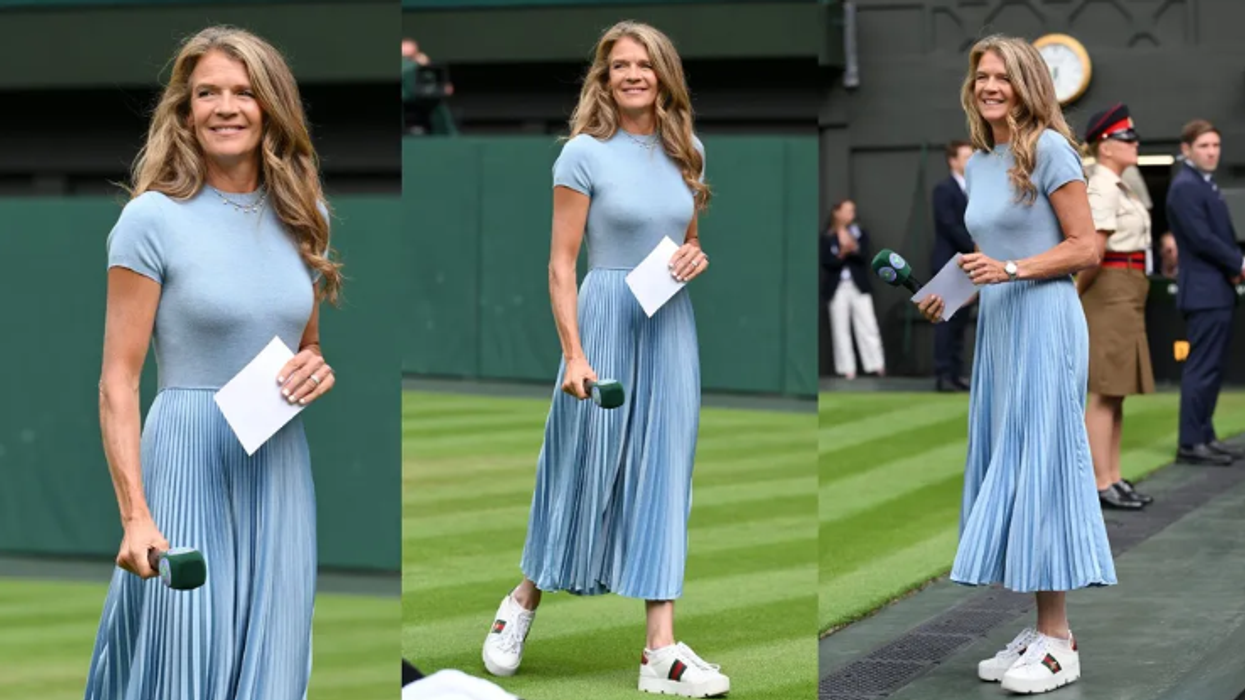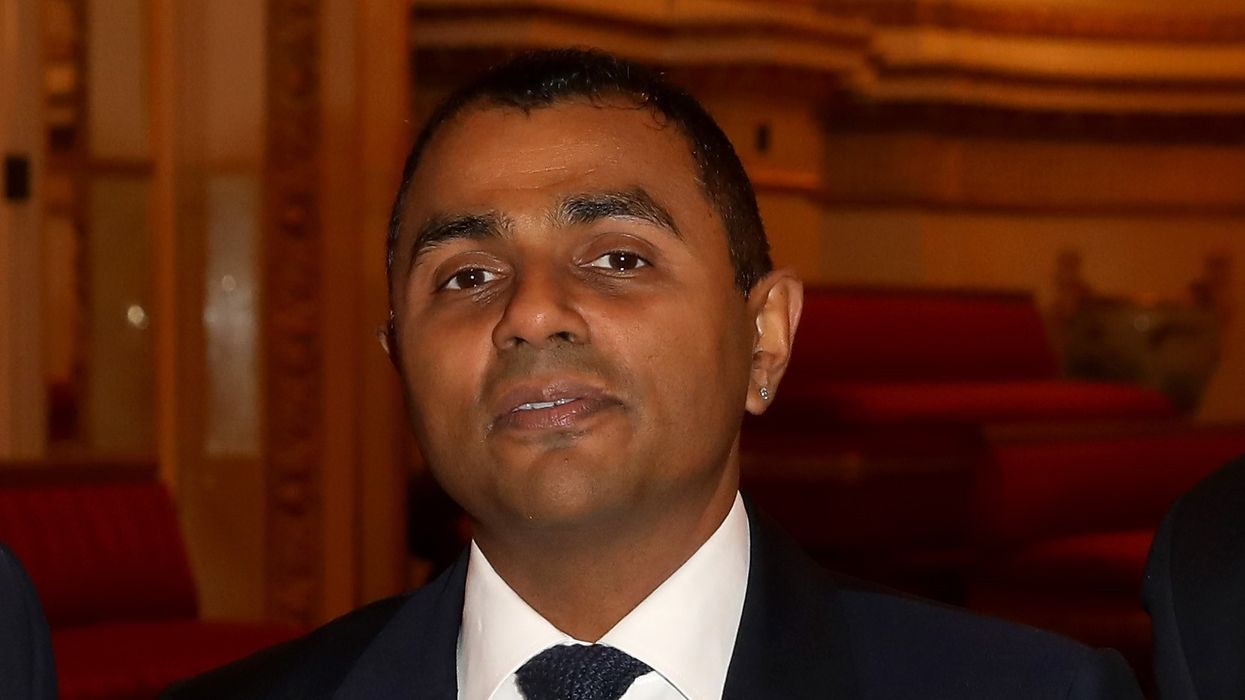TALENTED actor Amal Sehrawat has kept his feet on the ground despite his impressive small screen success.
The hardworking star is currently part of popular serials Choti Sardarni and Yeh Rishta Kya Kehlata Hai.
Eastern Eye caught up with Amal Sehrawat to talk television, health and inspirations.
How did you feel seeing yourself onscreen for the first time?
The first time I saw myself on the silver screen, I was numb. My family and friends appreciated me. Many from the audience also praised me. It took me a while to accept the reality. I was overwhelmed by seeing myself onscreen. Seeing the happiness on the face of my family members gave me a sense of achievement.
Tell us about your current project?
I am shooting for Choti Sardarni. I am happy and grateful that in no time the show has become number one and is stable at that position. Also, for the first time, I am playing an entirely positive character. I am grateful that both my shows Choti Sardarni and Yeh Rishta Kya Kehlata Hai are hits.
What has working on TV taught you?
TV has groomed me in delivering more scenes in less time, as at least 21 minutes of footage has to be given to the channel daily. Also, it’s an extremely powerful medium that gives massive and instant fame. Unlike in films, an actor does not have to wait long to see his work broadcast. It’s like an instant medium, shoot today and get telecast soon after.
What is the master plan going forward?
The best plan is to have no plan. Work hard and smart and give 100 per cent, but don’t have high expectations. The only thing a person has in hand is to do his best and leave the rest on God.
What would be your dream role?
My dream role would be any role that challenges me to step out of my comfort zone. I have been fortunate to get these kinds of roles so far.
What do you enjoy watching on TV?
I enjoy watching different and experimental stuff. Of late, web series have excited me a lot as I find them detailed with well-defined characters. Recently, I saw Inside Edge season two in one go.
You have an amazing physique, would you give us a fitness tip?
A healthy body has a healthy mind and vice versa. I am glad that many people are taking care of their physical health these days. But at the same time, in today’s competitive and hectic lifestyle, every person is emotionally and mentally drained, so it’s important to take care of your mental health. Some ways to do so are by practising yoga and meditation.
Tell us something about you that not many people know?
Being an actor, there’s always an assumption you are a party person, but in reality, I am totally the opposite. When I am not shooting, it becomes tough for me to be up beyond 10.30pm and impossible to sleep beyond 6am. I prefer starting my day early and finishing on time. Early to bed, early to rise makes a person healthy, wealthy and wise.
What inspires you?
Inspiration is directly proportional to attitude. An optimistic attitude helps me to find inspiration in every small thing. For example, when I go to the gym early morning, sometimes I feel lazy. At that time, school children waiting for the bus inspire me. I feel that if these small kids can start their day so early, then why not me?















 Charithra Chandran styled her hair in soft curls for the Ralph Lauren outfitInstagram/
Charithra Chandran styled her hair in soft curls for the Ralph Lauren outfitInstagram/ Charithra’s look was inspired by her character Edwina Sharma from BridgertonInstagram/
Charithra’s look was inspired by her character Edwina Sharma from BridgertonInstagram/

